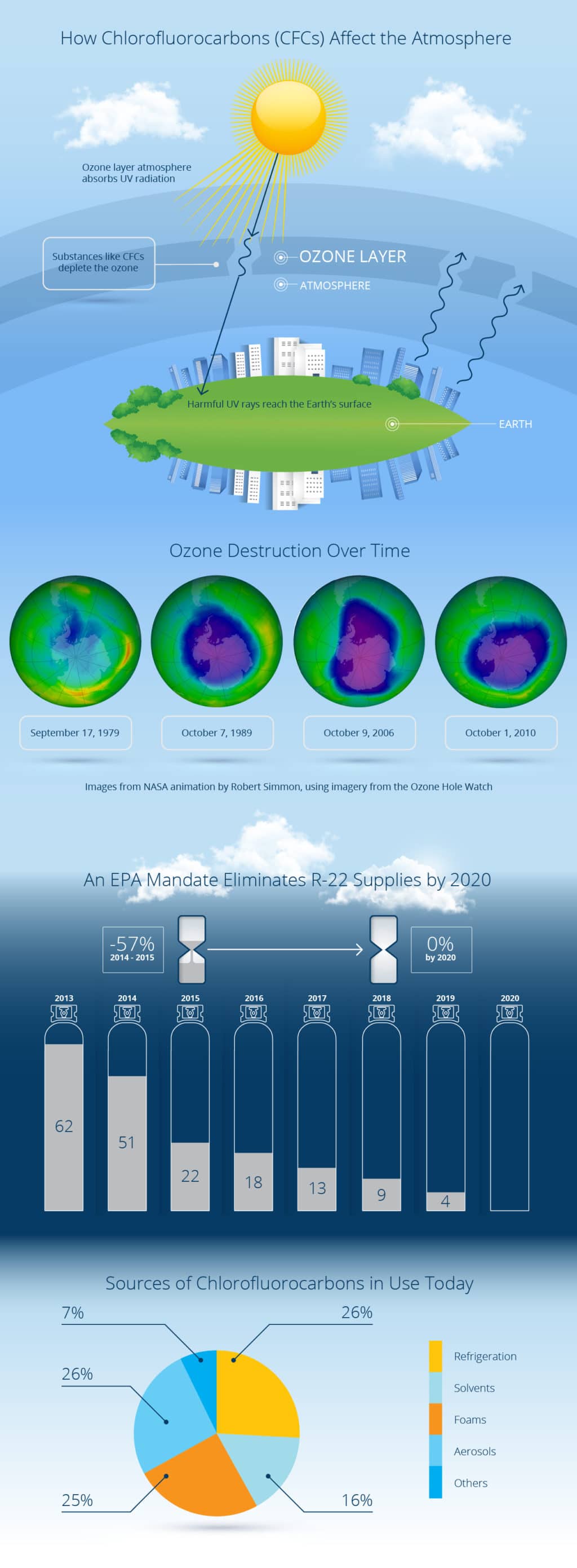The Future Of Home Heating - How Heat Pump Innovation Is Progressing
The Future Of Home Heating - How Heat Pump Innovation Is Progressing
Blog Article
Content Author-Marshall Goff
Heatpump will certainly be a vital innovation for decarbonising home heating. In a circumstance regular with federal governments' announced energy and climate commitments, their international capability doubles by 2030, while their share in heating rises to one-quarter.
They work best in well-insulated homes and rely upon electrical energy, which can be provided from a sustainable power grid. Technological developments are making them a lot more efficient, smarter and cheaper.
Gas Cells
Heat pumps utilize a compressor, refrigerant, coils and followers to relocate the air and warmth in homes and devices. They can be powered by solar power or electricity from the grid. They have been getting appeal as a result of their inexpensive, peaceful procedure and the capability to create electricity throughout peak power need.
https://commerical-hvac-services88765.anchor-blog.com/9600381/are-warmth-pumps-the-most-reliable-a-c-service-for-your-home-a-comparative-evaluation , like IdaTech and BG MicroGen, are working on fuel cells for home heating. just click the next post can replace a gas central heating boiler and generate some of a home's electric demands with a link to the electricity grid for the rest.
But there are reasons to be skeptical of using hydrogen for home heating, Rosenow states. It would certainly be pricey and ineffective contrasted to various other innovations, and it would contribute to carbon discharges.
Smart and Connected Technologies
Smart home technology enables home owners to attach and control their gadgets from another location with using smartphone applications. As an example, clever thermostats can discover your heating choices and automatically get used to enhance power consumption. Smart illumination systems can be controlled with voice commands and instantly switch off lights when you leave the room, reducing energy waste. And wise plugs can check and handle your electric usage, allowing you to identify and limit energy-hungry appliances.
click this link now -savvy house portrayed in Carina's meeting is a good image of how residents reconfigure room home heating methods in the light of brand-new smart home modern technologies. They count on the tools' automatic features to accomplish day-to-day adjustments and concern them as a convenient ways of performing their heating methods. As such, they see no reason to adapt their methods further in order to allow adaptability in their home power need, and interventions focusing on doing so may deal with resistance from these families.
Power
Given that heating homes make up 13% people discharges, a button to cleaner options could make a large distinction. Yet the innovation faces obstacles: It's costly and requires comprehensive home remodellings. And it's not always suitable with renewable energy resources, such as solar and wind.
Until recently, electrical heat pumps were also expensive to compete with gas designs in many markets. But new innovations in design and products are making them extra affordable. And much better cold environment performance is allowing them to function well even in subzero temperature levels.
The following step in decarbonising heating might be making use of heat networks, which attract warmth from a central resource, such as a nearby river or sea inlet, and distribute it to a network of homes or structures. That would certainly lower carbon exhausts and allow homes to benefit from renewable resource, such as environment-friendly electrical power from a grid supplied by renewables. This option would be less expensive than switching over to hydrogen, a fossil fuel that needs brand-new facilities and would just minimize CO2 discharges by 5 percent if coupled with improved home insulation.
Renewable Energy
As electricity rates go down, we're beginning to see the very same trend in home heating that has driven electrical automobiles right into the mainstream-- yet at an also much faster rate. The solid climate instance for electrifying homes has been pushed even more by new research study.
Renewables make up a substantial share of modern-day warm usage, however have been given restricted plan attention internationally compared to other end-use industries-- and even much less interest than power has. In part, this mirrors a mix of customer inertia, divided rewards and, in many countries, subsidies for fossil fuels.
New technologies might make the shift less complicated. As an example, heatpump can be made more power reliable by changing old R-22 cooling agents with brand-new ones that don't have the high GWPs of their precursors. Some specialists also visualize district systems that draw heat from a neighboring river or sea inlet, like a Norwegian fjord. The warm water can then be used for heating and cooling in a community.